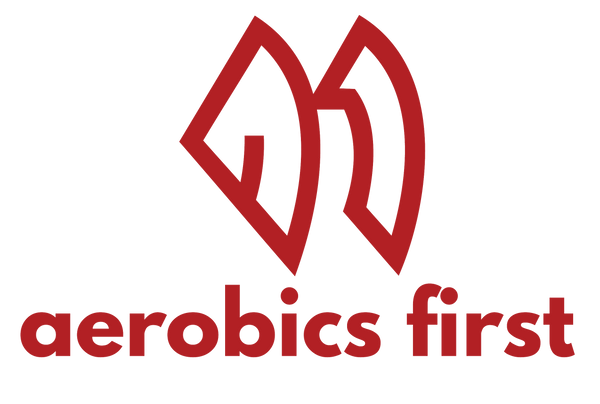With the Blue Nose marathon race weekend quickly getting closer (June 6-9th, register here: https://bluenosemarathon.com) we wanted to fill you in with some helpful tips on a piece of gear that is oft forgotten, SOCKS. Choosing a good sock can be a complete game-changer for keeping your feet and toes comfortable. But what makes one sock better than another? Read on below to find out:
CHOOSING A GOOD SOCK - Shop here: MENS | WOMENS
*The included web links in this article are just a small sampling of the wide variety of socks we carry in-store. Stop by in-store or give us a call to see everything we have to offer.
Step 1: Choose your fiber
- Merino wool
Commonly considered the gold standard for performance based activities as it has incredible capacity to deal with moisture. Due to the porous nature of the merino fiber it is able to transport moisture away from your skin in a vapor state. That means it starts working to keep you dry before a bead of sweat even has a chance to gather. Partly due to this ability, merino has strong temperature regulating properties when compared to synthetic fibers. That means it can keep you cool when temperatures are hot, and warm when the thermometer drops. Along with merino wool’s naturally thinner and softer fiber (compared to traditional wools), modern, highly thorough carding, combing, and washing processes result in wools which are now more comfortable than ever (no itch!); even frequently being incorporated in daily wear. Merino travels incredibly well due to it’s naturally anti-bacterial properties; odors and smells just have a much harder time to find a home in the smooth and strong fiber. When aired out at the end of the day, a merino piece will often return to a “fresh from the wash” state the next morning.
- Synthetic blends (Nylon/Polyester/Elastane)
Man made materials have their benefits as well. Often resulting in extremely comfortable, soft, and stretchy materials, synthetic blends can mimic many of the qualities that merino wools can achieve (and in a more cost-effective result for your pocket). Synthetic materials can produce a wide range of fiber types, from ultra-thin and sheer, to thick and plush. The end goal here is typically to enhance airflow so as to maximise evaporating properties when wicking moisture in a liquid state. The drawback of synthetic fibers is that they tend to retain smelly odors until the next wash. Synthetics are sometimes combined with natural fibres (such as merino and mohair) to enhance the durability, comfort, and wicking properties of the material.
Step 2: Choose your cushion and height
- Sock Cushion
This is where you have a few options...do you prefer an ultra thin sock (extra breathable, prone to wearing out faster), or something slightly thicker (extra cushion for comfort and durability, but can feel slightly warmer in certain conditions). Many athletic socks combine the best of both worlds by being reinforced in high wear areas like the heel and toe areas, and being thin and breathable over larger surfaces such as the top of the foot.
- Ultra Thin
- Medium Weight
- Thick Cushion
- Sock Height
- No Show (typically thin and “disappear” on the foot)
- Ankle (variety of cushions, can be better for keeping out dust/debris)
- Crew (warmest/thickest options, fun designs/patterns)
A few other points to consider:
- Run socks typically have movement specific designs. Features like a tighter heel fit, arch band, and reinforced toe can improve comfort and minimize material bunching/slipping.
- Stay away from cotton! Cotton can be fine in cool, dry weather but absorbs moisture without quickly moving it away from your skin. Synthetics or merino wool tend to wick moisture at a much faster rate, keeping you dry and comfortable.
- Compression socks can be a great tool to make your run more comfortable (lower leg support/improved blood flow) but can also make a great recovery and travel tool to keep swelling in check. We highly recommend getting measured by our staff to ensure a proper fit.
Stay tuned for our next Blue Nose 2019 prep blog on May 23rd in which we’ll discuss some of our favorite shoes and what you can look for to help you choose the best shoe for you.
#AerobicsFirst
#BlueNose2019


